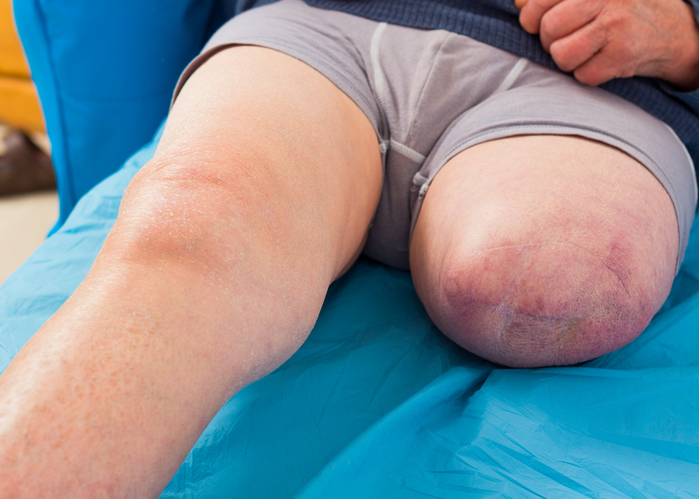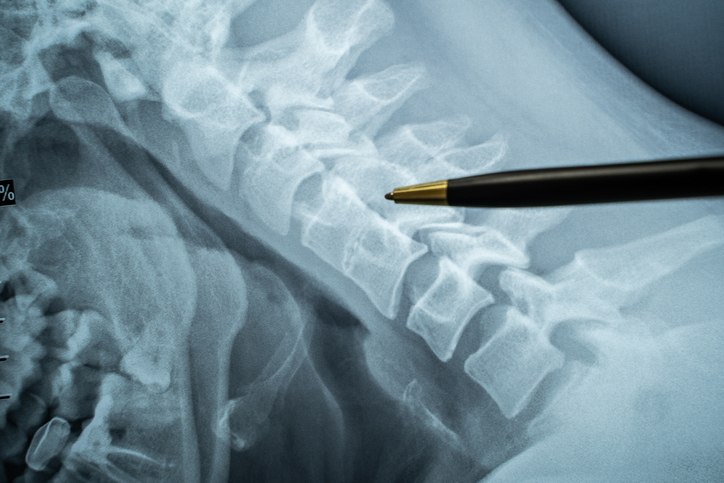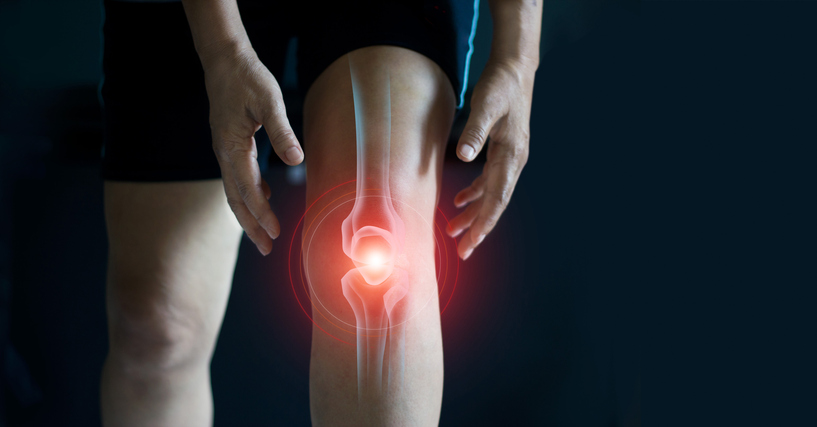Pain
Epstein-Barr Virus as a Possible Cause of Chronic Pain

What is Epstein-Barr virus?
Epstein-Barr virus (EBV) is one of the most widespread viruses among humans and is a member of the herpes virus family. It is primarily transmitted through bodily fluids, with saliva being the most common route. EBV is associated with infectious mononucleosis, often referred to as “mono” or “the kissing disease.” Typical symptoms of EBV include swollen lymph nodes in the neck, enlarged spleen and liver, sore throat, fever, fatigue, and sometimes a rash. These symptoms usually persist for two to four weeks, although they can linger for months in some individuals.
Epstein-Barr virus and chronic pain
Recent research has shown a potential link between Epstein-Barr virus and various chronic pain conditions. Conditions associated with EBV include, but are not limited to, the following:
- Type 1 diabetes
- Inflammatory bowel disease
- Rheumatoid arthritis
- Celiac disease
- Multiple sclerosis
- Juvenile arthritis
- Thyroiditis
- Connective tissue disease
- Polymyositis
- Sjögren’s syndrome
- Chronic fatigue syndrome
Typically, EBV infection occurs in childhood. After the initial infection, the virus remains in a dormant state within the lymphocytes and mucous membranes of the throat and nasal cavity. While in this dormant state, EBV does not often cause symptoms or harm. However, when the immune system is compromised due to stress, trauma, or another infection, EBV can reactivate. During reactivation, the virus can begin to replicate and invade new tissues.
This reactivation may lead to autoimmune responses. EBV can alter gene expression or create autoantibodies that attack the body's own tissues, resulting in inflammation, adhesions, scarring, and pain. In some cases, EBV-infected lymphocytes may cross the blood-brain barrier, enter the spinal cord and brain, and attack tissues, such as cauda equina, arachnoid membrane, intervertebral discs, and glial cells. This can result in chronic pain. EBV-related autoimmunity has also been linked to conditions including small fiber neuropathy, fibromyalgia, and some arthropathies.
Ongoing research aims to better understand the relationship between EBV and chronic pain, including diagnostics, treatment, and prevention. Current studies have shown promising results for potential treatments, but more research is needed to fully understand and address EBV-related chronic pain.


















